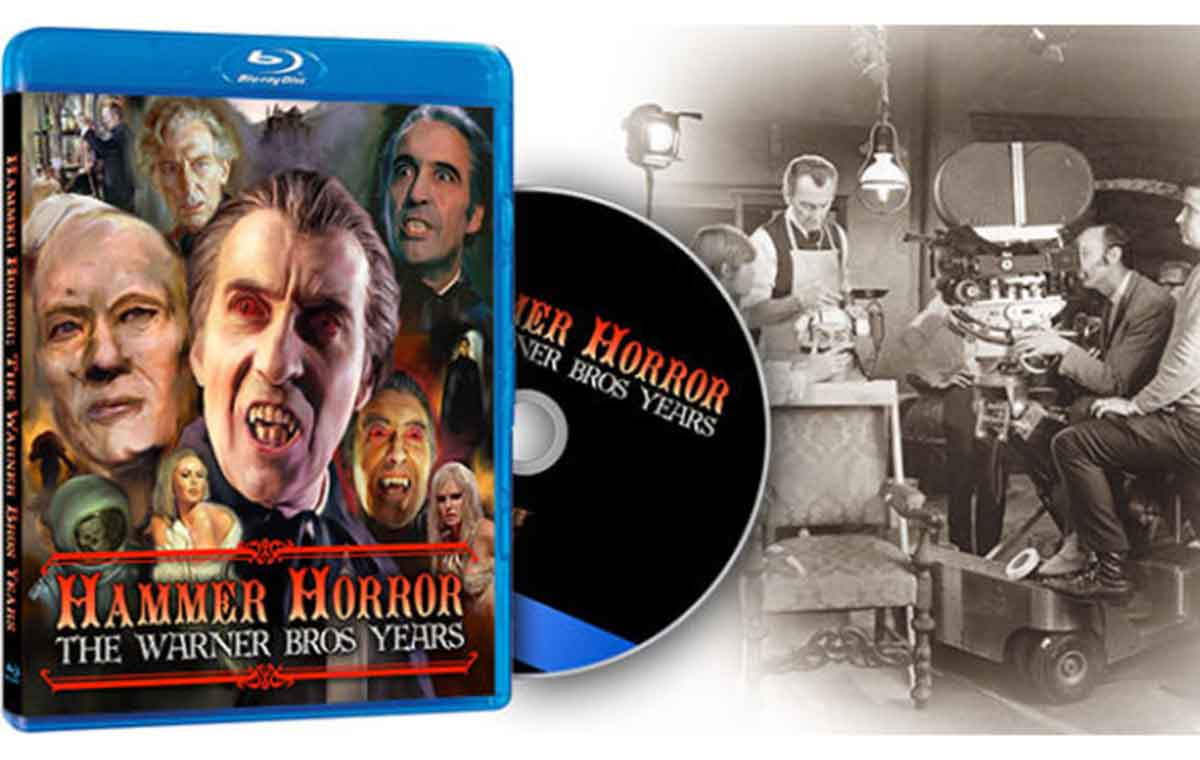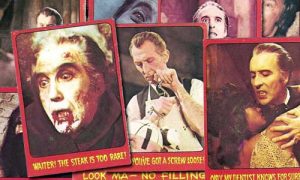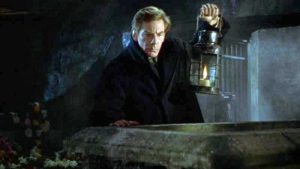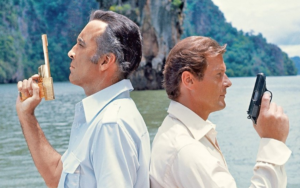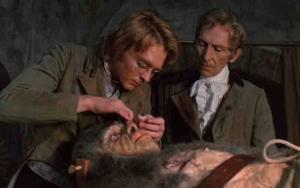TERRY SHERWOOD takes a look at Hammer Horror: The Warner Bros Years (2018), which documents the final years of the great British horror studio, in this edition of Sherwood After Dark.
There have been many documentaries on Hammer films, beginning and ending with the excellent, if not slightly sentimental, Flesh and Blood (1994).
The World of Hammer, also in 1994, was a television series that was transmitted only in the UK. Each episode was concentrated on one portion of the studio’s horror legacy.
Diabolique Films’ production Hammer Horror: The Warner Bros Years (2018) is a worthy bookend to all other examinations of the Hammer legacy.
The Audience Has Risen From The Grave
Hammer Horror: The Warner Bros Years details the creation of the partnership between Warner Bros and a company called Seven Arts, run by Kenneth Hyman.
Seven Arts purchased controlling shares of Warner Bros from Jack Warner, who then partnered with Hammer to distribute product to the North American audience.
It was a wonderful opportunity to market and gain a foothold with the catch being the Seven Arts deal did not include production money.
The first film to be effected was a personal favorite of mine titled Dracula Has Risen from The Grave (1968)
Veronica Carlson appears on camera giving delightful recollections of working on the set. She regales us with stories of the professionalism of the performers, especially Christopher Lee.
Jonathon Rigby delivers incisive commentary on the picture, citing it as one that first made an impact on him for a slightly different reason than you might think. He also mentions that much of the film’s romance was left on the cutting room floor when director Roy Ward Baker went on holiday and not present for the final edit. With its slick ‘Madison Avenue’ and pop art influenced advertising campaign, Dracula has Risen From The Grave (1968) went on to be Hammer’s top money maker.
The Concept Must Be Destroyed
Veronica Carlson reveals the behind the scene work on Frankenstein Must be Destroyed (1969).
The fun on the set and amusement of working with Terence Fisher and Peter Cushing. Things do turn dark as the infamous and hated rape scene is brought into focus by revealing why it was added.
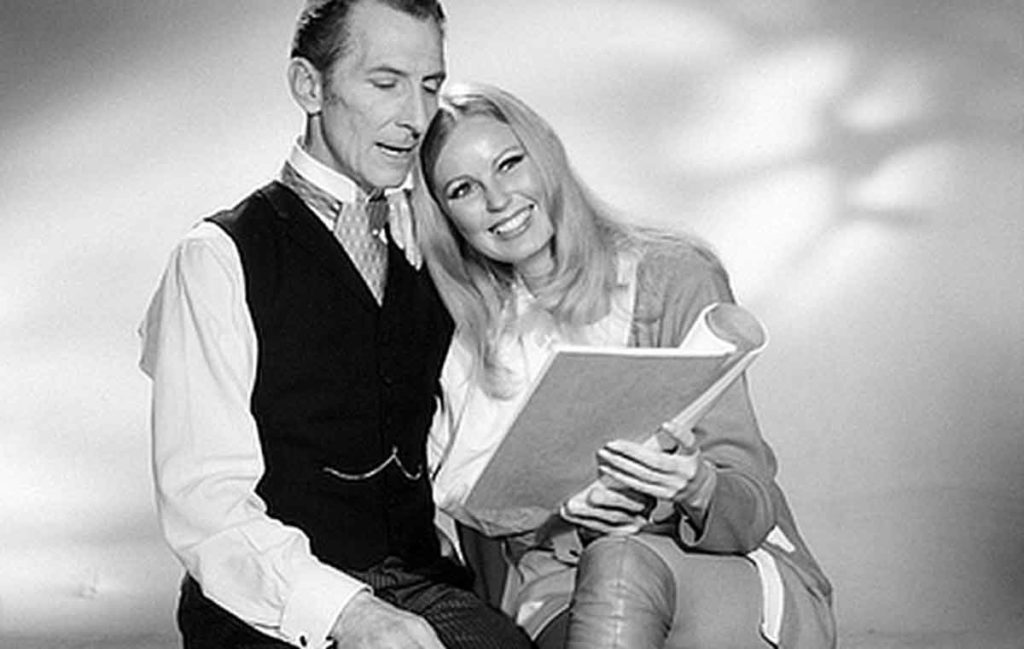
Carlson reveals the anguish she, Cushing, the crew and director Terrence Fisher felt over it. Fisher threw those of portions of the script in the air in frustration and anger on the day it was filmed.
Taste The Blood of Success
The stylish director Peter Sasdy offers insights into his Taste the Blood of Dracula (1970).
Christopher Fraying, now Sir Christopher Fraying, adds his voice to the observations on the picture and the others that followed.
Some of the comments might surprise the viewer, as the nadir of the Hammer set in with Dracula 1972, or whatever the various titles were.
Madeline Smith, who appeared in the brothel scene in Taste the Blood of Dracula, offers observations of a personal nature, particularly at the end of the documentary.
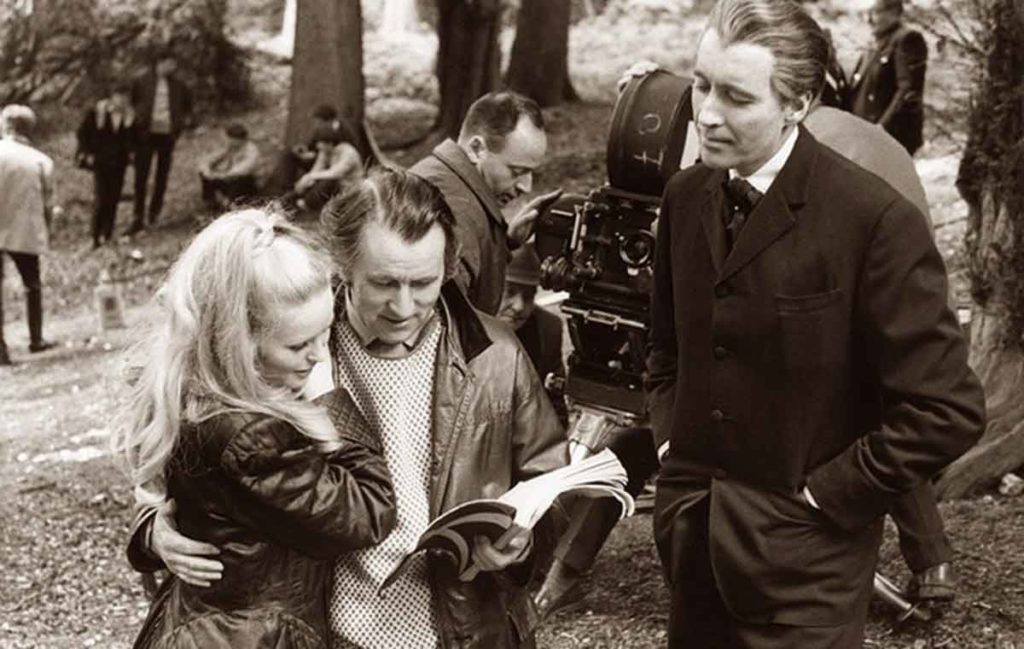
Hammer is Dead and Alive
The later part goes into the end of the partnership between Seven Arts and Hammer, setting up the film that became the Legend of the Seven Golden Vampires (1974).
Jonathan Rigby and Sir Christopher Fraying put the partnership in perspective as to why and how it began. This is key to understanding its failure and end. Hammer’s horror formula was being eclipsed by films like The Exorcist, Night of the Living Dead and Texas Chainsaw Massacre.
Scantily clad cavewomen epics such as When Dinosaurs Ruled the Earth with Victoria Vetri began to figure in the change that was underway. Part of this change was the use of American leads to reach the American market.
Hammer was producing films that were increasingly out of touch.
Hammer Horror A.D.
Hammer Horror: The Warner Bros Years is competently produced with thoughtful footage and interviews that are well-paced.
The only extra on the Blu-ray is the special feature Hammer’s Lost Worlds; regrettably, there is no subtitle track for those that may have trouble with accents.
I hugely enjoyed the tour of Hammer film locations as they are today, conducted by two obvious fans.
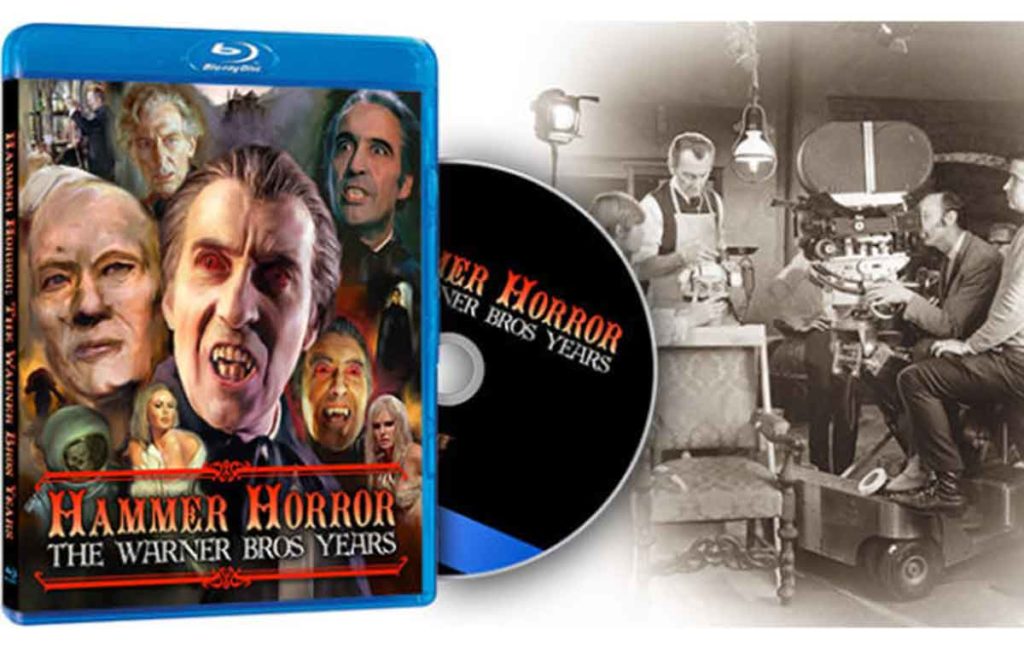
The story presented here is an interpretation of the partnership of Seven Arts and Hammer.
The production invites discussion, yet it is hard not to disagree with the conclusions presented. The picture also places Hammer product in historical context with the film world at that time. It looks forward to the trends that were to shape Hammer’s destiny.
Hammer Horror: The Warner Bros Years is a worthy edition, not just for enthusiasts but people interested in the fate of a solely British film institution. It stands on its own as a narrator of history, regardless of what you think of Hammer’s relevance today.

